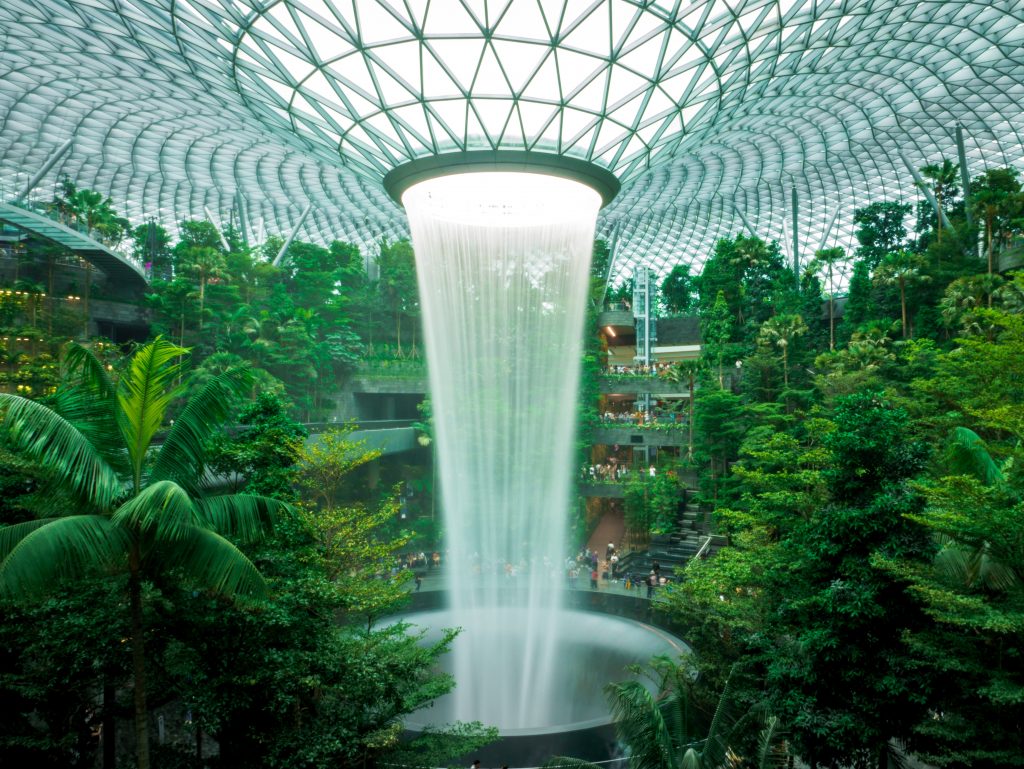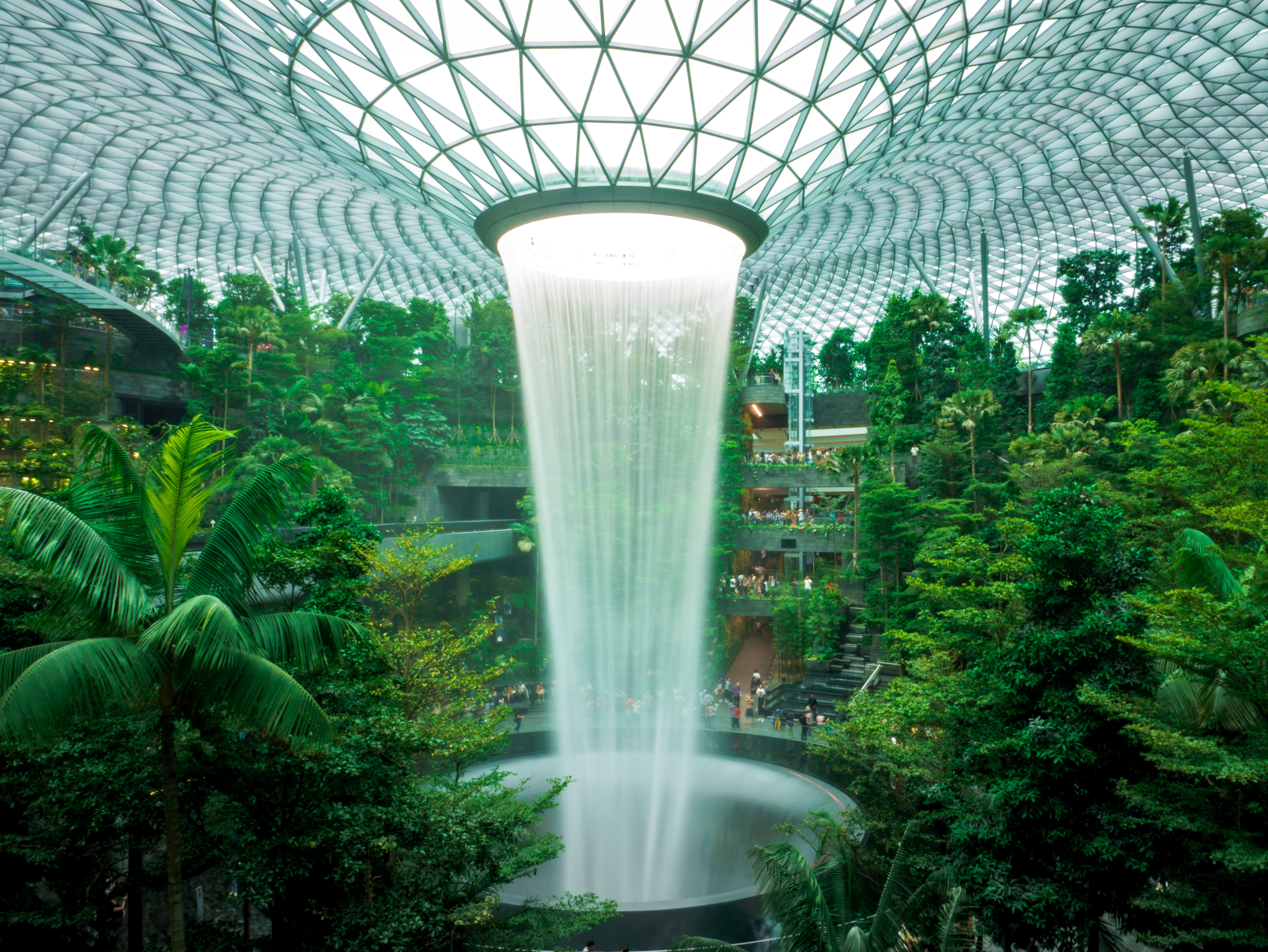
What we consider to be our economy is not designed to be very distributive. Although it’s often touted as a “trickle down” method, the truth is that it largely siphons up. Since it started being being shaped into its current incarnation a few centuries ago, it has been designed to reward the wealthy by exploiting the poor for the energy that can be derived from their suffering.
“Prior to the American Revolution,” wrote Ayn Rand in Capitalism: The Unknown Ideal, “through centuries of feudalism and monarchy, the interests of the rich lay in the expropriation, enslavement, and misery of the rest of the people. A society, therefore, where the interests of the rich require general freedom, unrestricted productiveness, and the protection of individual rights, should have been hailed as an ideal system by anyone whose goal is man’s well-being.”
If man’s well-being were tied to his ability to consume conspicuously and have just enough wealth to be wasteful, then catering to the rich by helping them enable conspicuous consumption should make America the land of the content. However, the population of America is not content. We are depressed, we are anxious, we are angry, we are afraid, we are programmed to be in constant want, and we kill ourselves and one another more than any other civilized Nation.
This is not to say that Americans don’t find reasons to be happy, friendly, loving, sharing, and downright joyful, but as a whole, there is a general malaise that may stem from the exploitation of our energy and attention in order to grow the wealth of the elite. While America started as one of the most egalitarian places in the annals of history, there has been a slow decline in equality as we have seen the increase in our economy, and the people feel the suction from their energy being siphoned up.
“The share of income going to the rich remained remarkably constant from the mid-1940s through the 1970s and then began to escalate rapidly,” wrote Larry M. Bartels in Unequal Democracy: The Political Economy of the New Gilded Age. “For example, the top 5% of taxpayers accounted for 23.0% of total income in 1981 but 37.2% in 2005. The top 1% accounted for 10.0% of total income in 1981 but 21.8% in 2005; after declining gradually over most of the twentieth century, their share of the pie more than doubled in the course of a single generation.”
It hasn’t always been this way, or, at least, it hasn’t always been this bad. But in more recent years, as the population has been entranced by flashing images and constant noise designed to lull them into anxious complaisance, our economic energies have been channeled to benefit the wealthy considerably more than the rest of the population.
“In 1928, the top 10 percent of earners captured 46 percent of national income,” Christopher L. Hayes reminds us in Twilight of the Elites: America After Meritocracy. That was the highest share that the top tenth captured for nearly eighty years, until 2007, when we returned to the wealth distribution of the country on the eve of the Great Depression. The top 1 percent did even better. Between 1979 and 2007, nearly 88 percent of the entire economy’s income gains went to the top 1 percent. One”
When I look at what is occurring in the world around me, and I see people forced to go work at jobs that don’t fulfill them in order to make so many products that so quickly become garbage, using practices that create a lot of pollution, and taking time away from providing services they are actually passionate about so that 88% of all of the energy people expend gets exported to 1% of the population that doesn’t really do any actual work or provide human services, I think things are a bit off-kilter. Although the majority of the population has been trained to work toward endless economic growth, more and more people are starting to realize that this perpetual growth is mostly serving a small few, leaving the rest of the population exhausted and unfulfilled from their activities.
In 23 Things They Don’t Tell You about Capitalism, Ha-Joon Chang points out just how unequal our economic distribution has gotten. “The top 10 percent of the US population appropriated 91 percent of income growth between 1989 and 2006,” he writes, “while the top 1 percent took 59 percent.”
Although many have come to terms with being exploited for the supposedly greater good of expanding the growth of the economy, there is still an underlying insult that pulls at our hearts over how undervalued we can sometimes be made to feel. Most of us can just shrug it off when we consider that those who have won at the game of capitalism have amassed so much more wealth than the rest of us, merely accepting that those who win the game deserve to win the game. However, for quite a few, it is still a really hard pill to swallow that the ultra-wealthy have come to value themselves so much more than the people doing the actual work.
“In 2007, according to the IRS,” reports Christopher L. Hayes in Twilight of the Elites: America After Meritocracy, “the richest four hundred taxpayers had an average income of more than ten thousand times the average income of the bottom 90 percent of taxpayers. Hedge fund billionaire John Paulson made $2.4 million per hour in the year 2010. That’s as much as a worker making $50,000 a year would make over the course of her entire forty-seven-year working career.”
Perhaps the siphon up system of economics would be more palatable if it were truly based on merit. I would be much easier to support if the greatest rewards of our collective activities and behavior went to those of us who were the most valiant, giving, talented, and of good service. Unfortunately, the most purposeful activity of the wealthy is merely making money by sucking it from those who actually are valiant, giving, talented, and of good service.
Our task for the economy we are creating will be to use our resources to empower the entirety of the population, and not merely to let it be siphoned it up by those who suck the hardest.

